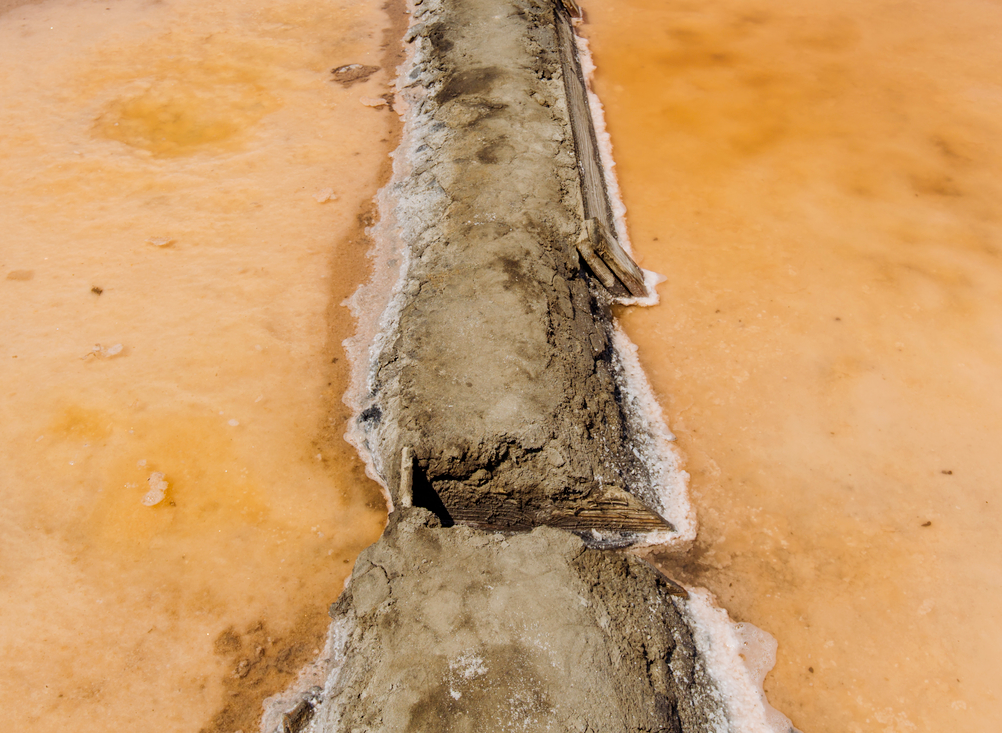There is a lot of water on earth, about 1380 million km3. However, most of this water is seawater (97.2%) or ice (2.15%), which cannot be used directly. Freshwater, which is readily available in places like lakes, rivers and some underground springs, accounts for only 0.07% of the total water available, about one million km3. However, the distribution of this fresh water is very uneven. Indeed, ten countries have 60% of the world’s freshwater reserves, while twenty-nine others, mainly in Africa and the Middle East, face chronic freshwater shortages.

“According to the Water Resources Institute, 250 million people in these countries do not have the minimum necessary water supply, defined as 1000 m3 per capita per year. About 400 million people live in a state of water stress, estimated at between 1000 and 2000 m3 per capita per year. It is also estimated that 2.5 billion people could run out of water by 2050, due to increasing population and water consumption.
To cope with this potential water shortage, new drinking water production techniques will have to be put in place to meet the needs of the growing population. A promising technique for some countries is the desalination of sea water or brackish water. Seawater desalination techniques have been used for many years, but their cost (1 to 2 euros per m3) often limits their use to rich countries. However, in recent years, the capacity of desalination plants has increased considerably and production costs per m3 have decreased significantly.
